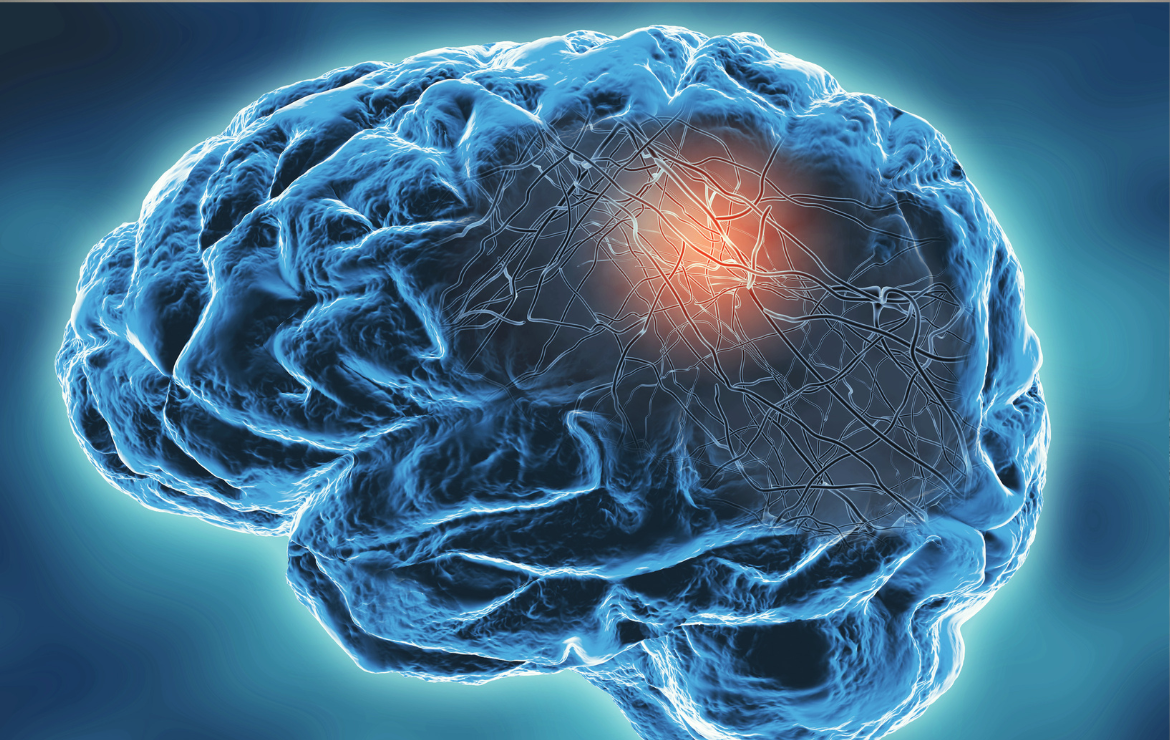Evaluating Work-Related Pain

Many Americans experience chronic pain, and in our industry, it’s becoming more prevalent as the workforce ages. Starting physical therapy before chronic pain sets in is extremely important for the worker, the employer, and our community. Early physical therapy can improve functionality, decrease pain, and reduce or eliminate opioid abuse.
Claims professionals have the ability to help intervene before the pain becomes chronic. It is often their responsibility to read and interpret the medical reports received on their claims, but we understand it can be challenging to know exactly what the treating physician means when describing an injury, particularly when referring to a patient’s pain.
Medical report interpretation can be even more difficult if the claims professional doesn’t have a medical background because the language and terminology used to describe the pain can be very confusing. In this article, we will break down some of the definitions surrounding pain and invite you to join us at an upcoming webinar to learn more about physical therapy and pain management.
What is Pain?
We certainly know what pain is when we feel it, but the pain is surprisingly difficult to accurately define and even harder to describe! One definition that can be helpful is to think of pain as a distinctly unpleasant sensation composed of two elements, physical and emotional. The physical portion is produced by the stimulation of nerves usually located in the area of the injury and that carry the nerve impulses to the brain. Pain sensations can vary widely, from mild discomfort, as in the case of a simple muscle strain, to totally agonizing, as can happen with a fracture or dislocation of a major bone or joint.
Distinction Between Acute, Chronic, and Post-Acute Pain
- Acute pain is pain that begins rather suddenly, usually in response to something specific, such as an injury. This type of pain is usually perceived as “sharp” in quality and although it might be mild and last for only a short while, it can be severe and persist for weeks or even months. When the underlying cause of acute pain is successfully treated, it disappears.
- Chronic pain is pain that lasts longer than three months and can even persist for years, long past the time the initiating injury has healed. This type of pain can be very difficult to treat and is often associated with an emotional component, which can include anger, anxiety, depression, and a fear of reinjury.
- Post-acute pain, is a term often used to describe pain that falls between acute and chronic pain, between four and 45 days after a severe injury or trauma. This period is thought of as an optimal window of opportunity in which to treat acute pain in an effort to prevent it from becoming chronic, avoiding the physical and emotional consequences of chronic pain for the patient, as well as the lost work hours and expense incurred by the employer.
|
Physical Therapy is the first line of treatment and plays a crucial role in an injured worker’s life. |
A Practical Example of Pain Identification
If a worker injured their shoulder and reports pain, tenderness, and limited range of motion, a physical therapist could perform a series of tests to pinpoint the problem. For example, they may perform the Neer’s test to see if impingement is the culprit behind the pain and limited range of motion. The physical therapist performs this simple exam by stabilizing the injured worker’s scapula with one hand, and passively flexing the arm while it is internally rotated. If the injured worker reports pain in this position, impingement is likely.
Physical therapy is the first line of treatment and plays a crucial role in an injured worker’s life to possibly live without pain. It’s essential to work with a managed care provider that can quickly schedule physical therapy appointments to prevent the injury from becoming chronic and on a lifetime of pain medication.










